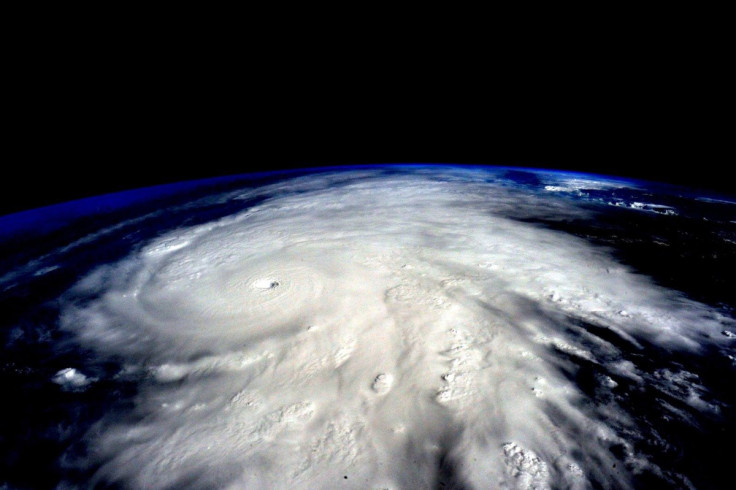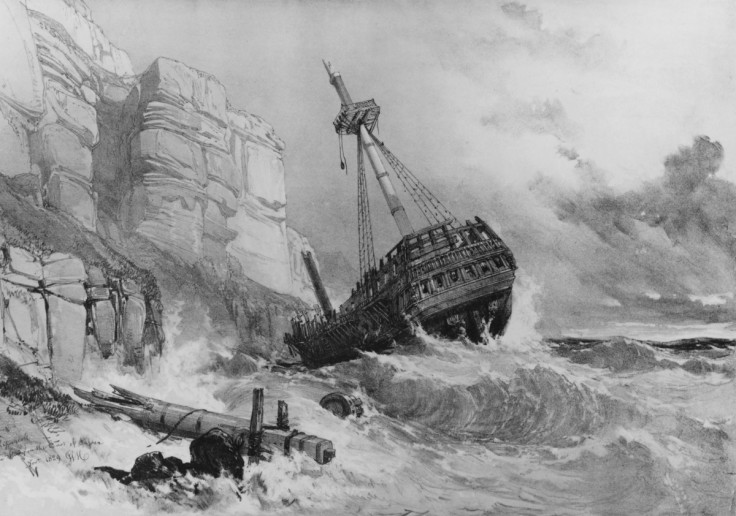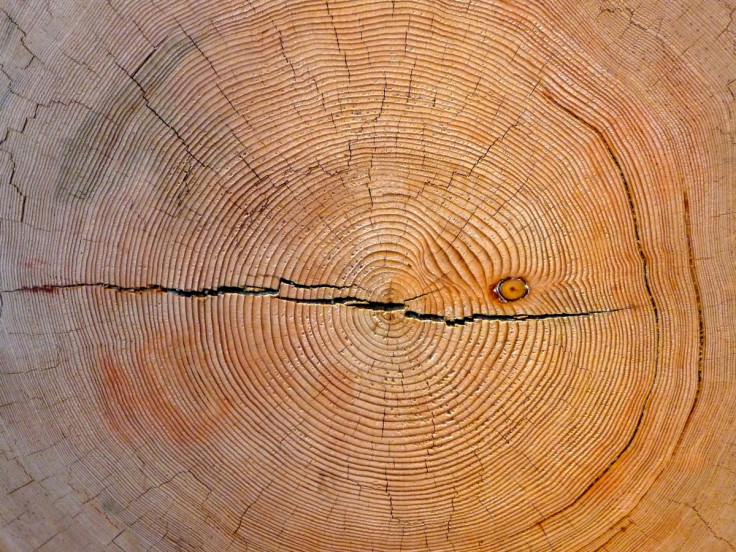Caribbean shipwrecks and tree rings reveal oldest data on hurricane activity

Scientists have combined data from tree rings with Caribbean shipwrecks, revealing information about hurricane activity betweeb the years 1645 and 1715. They discovered hurricane activity was reduced by 75% in that time period – the same time that the Northern Hemisphere experienced particularly cool temperatures.
This is the first time shipwreck information has been used to uncover hurricane data, and it is also the furthest back in time scientists have ever managed to go when analysing hurricanes. The research, published in the Proceedings of the National Academy of Sciences, is expected to help scientists understand how the influence of a warming climate will impact upon Earth's tropical storms.
"By combining shipwreck data and tree-ring data, we are extending the Caribbean hurricane record back in time and that improves our understanding of hurricane variability," said Valerie Trouet, lead author of the research from the University of Arizona.

The researchers used tree-ring records from the Florida Keys, which extendback to the year 1707. Every year a hurricane struck Florida, the growth of the tree was slowed – revealing a shorter gap between each tree ring.
The combined that information with the number of shipwrecks in the Caribbean Sea, initially up until 1707 too. They found the number of shipwrecks matched the data for tree rings; so if the tree rings suggested a particularly stormy year, shipwrecks were synchronised with that data.
Once the researchers found the link, they used previous literature and research to find every single recorded shipwreck after 1645.
Matching the Maunder Minimum
Their results showed that between 1645 and 1715, hurricane activity – the total number of hurricanes and their intensity – was 75% less than the period between 1715 and now. It just so happened to be that their data lined up with the 'Maunder Minimum' – the time period when sunspot activity was significantly reduced.
"We didn't go looking for the Maunder Minimum," said Trouet. "It just popped out of the data."

The lack of sunspot activity between 1645 and 1715 meant that temperatures in Europe and North America were colder than average. Researchers say that if colder temperatures result in less hurricane activity, we should expect climate change to cause more hurricanes.
"Although global climate models indicate hurricanes will be more intense as the climate warms, those models are not yet good at making regional predictions," said Trouet. "We're providing information that can help those models become more precise."
Hurricane Alex
In January 2016, a hurricane formed in the east Atlantic Ocean for the first time in 78 years. Hurricane Alex formed close to the Azores, and moved north toward Greenland.
Meteorologists say this unusual hurricane activity must be linked to climate change.
"Alex is a rare spot for September, much less January," tweeted Eric Blake, from the National Hurricane Centre. "It is only the second hurricane on record to form north of 30N (latitude), east of 30W (longitude)."
#Alex is in a rare spot for Sept, much less Jan- It is only the 2nd #hurricane on record to form N of 30N E of 30W pic.twitter.com/odoNX0gUzO
— Eric Blake (@EricBlake12) January 14, 2016
© Copyright IBTimes 2024. All rights reserved.







